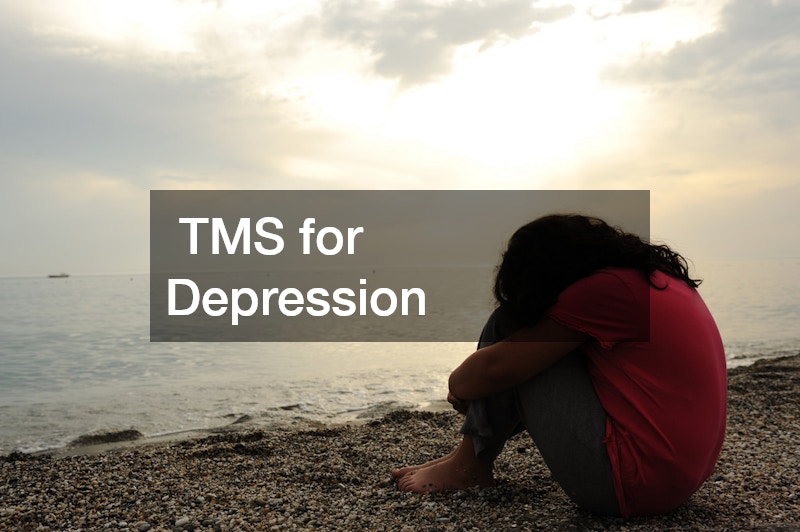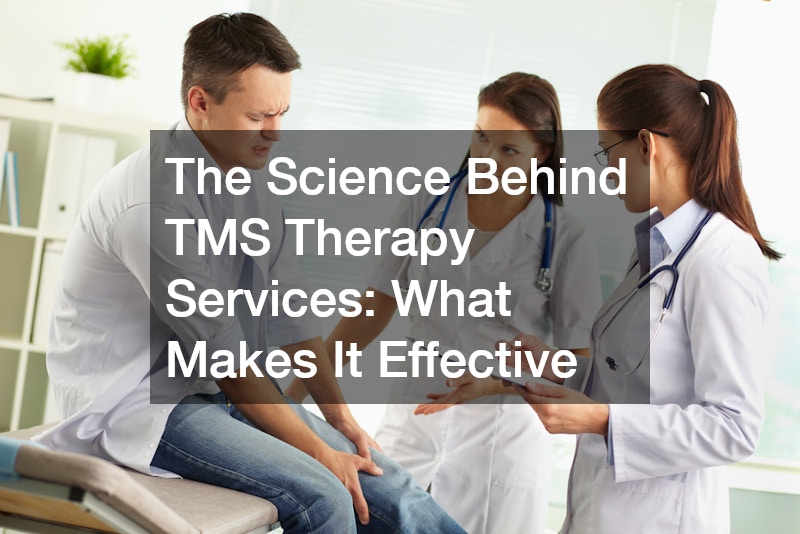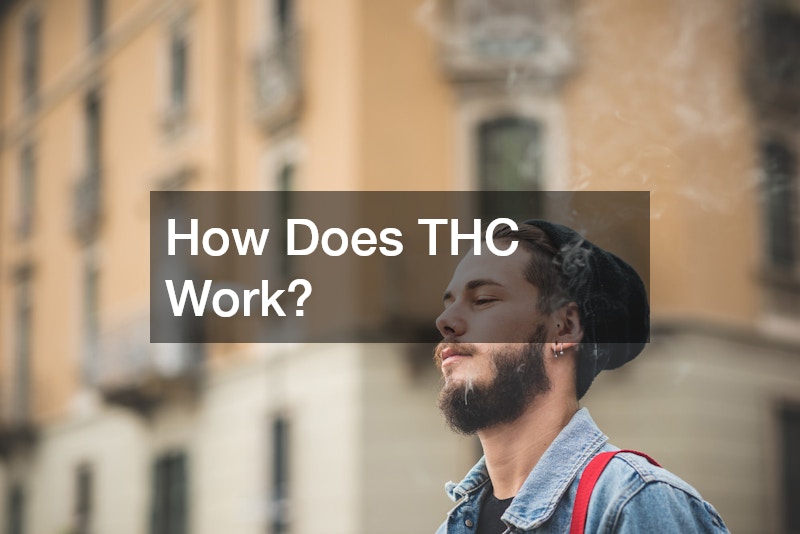
Transcranial Magnetic Stimulation (TMS) therapy has garnered attention as an innovative treatment for depression and other mental health disorders. By leveraging magnetic fields to stimulate nerve cells in the brain, TMS offers a non-invasive alternative that stands out from traditional therapies. This article explores the scientific principles that underpin TMS therapy and examines its efficacy in a clinical setting.
Understanding the Role of Magnetic Fields
Transcranial Magnetic Stimulation employs magnetic fields to target specific areas in the brain, influencing neural circuits that are often disrupted in mental health conditions. The magnetic fields generated by the device can penetrate the scalp and skull to reach deeper brain tissues without causing discomfort.
This technique allows for a focused approach, offering the potential to modulate brain activity in a way that is not possible with medications.
The ability of magnetic fields to affect neuronal activity is rooted in their capability to induce electrical currents in the brain. These currents then stimulate the neurons, which can alter their firing patterns and enhance neural connectivity. As such, TMS Therapy service is a valuable tool for researchers and clinicians seeking to improve brain function and alleviate symptoms of psychiatric disorders.
The Process of Neurostimulation
The process of neurostimulation in TMS therapy involves delivering a series of magnetic pulses through a coil placed near the scalp. These pulses generate electrical activity in the brain, which can result in increased or decreased neuronal firing rates depending on the specific TMS protocol used. This mechanism allows therapists to either excite or inhibit neural pathways, tailoring treatment to the needs of each individual patient.
During a TMS session, patients are usually seated in a comfortable chair while the therapist positions the coil over the targeted brain area. Each session usually lasts about 20 to 40 minutes, during which patients remain awake and alert, with minimal discomfort. The repeated stimulation over several weeks is what often leads to a significant reduction in symptoms.
Biological Mechanisms Behind TMS
The biological mechanisms that underpin TMS therapy involve several complex processes that work to enhance brain health. Primarily, TMS influences the release of neurotransmitters like serotonin and dopamine, chemicals essential for mood regulation and cognitive function. By augmenting the production and availability of these neurotransmitters, TMS can alleviate symptoms of depression and other disorders.
Moreover, TMS has been shown to increase blood flow in specific brain regions, thereby enhancing the delivery of nutrients and oxygen to neurons. This improved circulation can facilitate the repair and growth of neural connections, contributing to the therapeutic effects observed in patients undergoing TMS therapy. Enhanced neuroplasticity—the brain’s ability to reorganize and form new connections—is another critical factor in how TMS fosters recovery.
TMS for Depression
TMS therapy has emerged as a viable treatment option for major depressive disorder, especially for patients who have not responded to conventional interventions. Studies show that TMS can significantly reduce depressive symptoms in many patients by directly targeting the prefrontal cortex, a brain area often implicated in depression. This targeted approach means patients may experience fewer side effects compared to traditional antidepressant medications.
As TMS stimulates underactive brain regions involved in mood regulation, patients often report improvements not just in mood, but in energy levels and cognitive function. Patients who undergo TMS therapy frequently experience a reduction in depressive symptoms after several weeks of consistent treatment. The therapy thus provides hope for sustained relief in individuals burdened by recurrent or chronic depressive episodes.
Clinical Studies on TMS Safety
The safety of TMS therapy service is well documented in numerous clinical studies, positioning it as one of the safest brain stimulation technologies available today. TMS is non-invasive and generally well-tolerated, with the most common side effect being mild scalp discomfort during and after treatment. Importantly, TMS does not have the systemic side effects associated with oral medications, such as nausea or dizziness.
Research has shown that the risk of serious adverse effects from TMS is low, with seizure being a rare but possible risk, emphasized by certain pre-existing conditions that need prior evaluation. Comprehensive safety guidelines and protocols are in place to minimize these risks, ensuring that patients receive safe and effective care. Many studies continue to monitor long-term effects, further affirming the enduring safety profile of TMS therapy.
Patient Experiences and Testimonials
Numerous testimonials from patients who have undergone TMS therapy shed light on its tangible impact and transformative potential in mental health treatment. Many patients describe a noticeable shift in symptoms, reporting renewed energy, improved mood, and enhanced cognitive clarity after completing a course of TMS. These personal accounts are a testament to the therapy’s ability to provide real-world benefits beyond what is often achievable through medications alone.
TMS therapy presents a promising avenue for treating a variety of mental health conditions, backed by a solid scientific foundation. As research continues to validate its safety and effectiveness, TMS therapy could revolutionize the way we approach mental health treatment, offering hope to those who have not found relief through conventional methods. The expanding body of evidence, coupled with positive patient experiences, indicates that TMS therapy is poised to play an increasingly critical role in mental health care’s future.




